43 how to read food labels in canada
Reading food labels - Food Allergy Canada Choose a few food packages from your kitchen cupboards and read the labels carefully. This is an easy way to practice label reading. Remember to look for precautionary statements on the package. Give yourself more time for grocery shopping so you can read food labels carefully. PDF Label Reading the Healthy Way - Alberta Health Services Choose fewer processed and packaged foods. Look for unsalted, low salt, and no-added salt foods. Read ingredient lists on packages. Limit foods with salt, sodium, or soda as one of the first 3 ingredients. Compare brands. Choose foods with 15% or less DV for sodium. Fats Fats found in food can be unsaturated, saturated, or trans fats.
Use food labels - Canada's Food Guide Food labels provide information you can use to make informed choices about foods and drinks at the grocery store and at home. Food labels can help you: compare and choose products more easily know what ingredients a food product contains choose products with a little or a lot of the nutrients that are of interest to you Changes to food labels
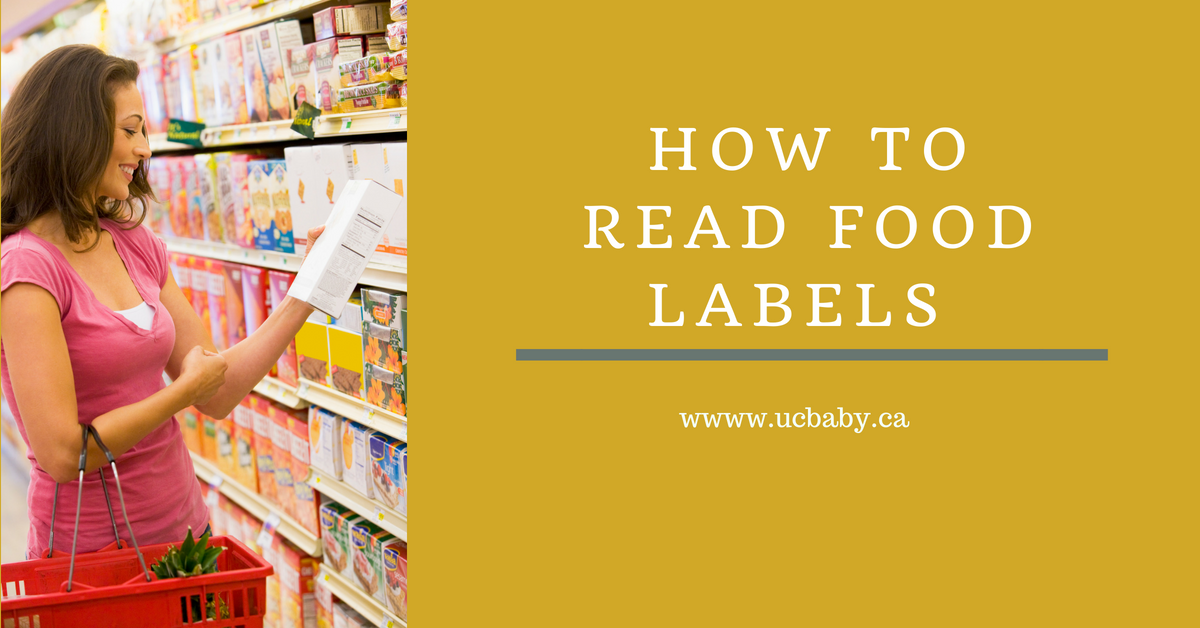
How to read food labels in canada
Food energy - Wikipedia Many governments require food manufacturers to label the energy content of their products, to help consumers control their energy intake. To facilitate evaluation by consumers, food energy values (and other nutritional properties) in package labels or tables are often quoted for convenient amounts of the food, rather than per gram or kilogram; such as in "calories per serving" or "kcal per 100 ... Canada's Food Guide Find our healthy eating recommendations, food guide kitchen, tips, resources and more. Understanding Food Labels in Canada - Unlock Food How to use the Nutrition Facts table Step 1: Look at the serving size The serving size is at the top of the Nutrition Facts table. All the information in the Nutrition Facts table is based on this amount. Compare this to the amount of food you actually eat.
How to read food labels in canada. Food labelling changes - Canada.ca Learn how to use information on the food label to better understand the amount of sweeteners in your food. Changes to the list of ingredients. Read about the changes to the list of ingredients which will make it easier to read and understand. Front-of-package nutrition labelling Understanding a food label - Canadian Food Inspection Agency These key labelling elements are: the Nutrition Facts Table, list of ingredients, allergen statements - especially if you or someone you know has food allergies - and date marking information, such as best before dates. Nutrition Facts Table List of Ingredients Allergen Declarations and Gluten Sources Date Marking Reading food labels shouldn't be complicated. Here's how to understand ... Here's how to understand Canada's new nutrition labels. Leslie Beck. Special to The Globe and Mail. Published July 11, 2022Updated July 12, 2022. The Nutrition Facts table. Nutrition Labelling - Canada.ca Nutrition labelling is information found on the labels of prepackaged foods. The legislated information includes: The Nutrition Facts table The ingredient list Some optional nutrition claims These give you information about the nutritional value of a food. You can use this information to make healthier food choices and achieve overall good health.
PDF How to Read Food Laels & Understand Anada'S Food Guide anada's Food Guide provides many tips to help you buy the healthiest choices from each of the food groups. Reading labels can help you decide which products are best for you. All the information on the Nutrition Facts is based on a specific amount of food. You can use the Nutrition Facts table to: Compare products more easily. How to Read Nutrition Labels Like a Pro - Reader's Digest Canada How to Read Nutrition Labels in Canada, Line by Line Serving Size When it comes to learning how to read nutrition labels, the first place to look is the serving size. Located directly under the "Nutrition Facts" title at the top of the list, it displays the amount of fat, calories and nutrients you're consuming. Metrication in Canada - Wikipedia Canada uses the inch-based paper standard e.g. the US Letter (8.5 inches × 11 inches), rather than the metric-based A4 paper size (210 mm × 297 mm) used throughout most of the world. The government, however, uses a combination of ISO paper sizes, and CAN 2-9.60M "Paper Sizes for Correspondence" specifies P1 through P6 paper sizes, which are ... How to read nutrition facts labels - Diabetes Care Community The Nutrition Facts table gives you information about the amount of basic or essential nutrients and calories in a certain amount of any particular packaged food. You can use this information along with the % Daily Value to compare and choose food products. Reading the ingredient list can also help you make better food choices!
Reading Food Labels | ADA - American Diabetes Association Put food labels to work. The Nutrition Facts labels on foods are really the key to making the best choices. We'll cover the basics so that these labels make shopping easier for you. You've heard it all. From carb-free to low-carb, to whole and empty carbs, it's hard to know what it all means. Blood sugar highs and lows aren't always ... How To Read Nutrition Labels (Canada) - YouTube In this video, I cover how to read nutrition labels (Canada.) Nutrition labels can look like complicated algebra but are really simple once broken down into ... Nutrition labels: Finding out about the food you eat - AboutKidsHealth If you eat the serving size shown on the Nutrition Facts table you will eat the amount of calories and nutrients that are listed on the label. It is important to make sure the serving sizes are the same if you are comparing two similar food products, such as granola bars, cereals or breads. Here's an example: Understanding a food label - Food Labelling in Canada (Mobile) Understanding a food label - Food Labelling in Canada (Mobile) Close Mobile and return to text version.
Sulphites - Sources of sulphites - Food Allergy Canada Read ingredient labels every time you buy or eat a product. Do the Triple Check and read the ingredient label: Once at the store before buying it. Once when you get home and put it away. Again before you serve or eat the product. Always carry your epinephrine auto-injector.
How To Read Food and Beverage Labels - National Institute on Aging At the top of the Nutrition Facts label, you will find the total number of servings in the container and the food or beverage's serving size. The serving size on the label is based on the amount of food that people may typically eat at one time and is not a recommendation of how much to eat. Read more about serving and portion sizes.
How to Read a Food Label - modernghana.com Sugar: The grams of sugar listed on the label include natural sugar and added sugars. Remember to check the ingredients to check for added sugar. Fiber: In general, kids (2-18 years old) should aim for a fiber intake of their age (in years) plus 5 grams. Adults should aim for 25-30 grams of fiber daily or 14 grams per each 1000 calories consumed.
Understanding food labels - Canada.ca Find information on food labels and how to understand them. Learn about nutrition facts tables, serving size, list of ingredients, % daily value and nutrition claims.
Date labelling on pre-packaged foods - Canadian Food ... Food safety once a food has passed the best-before date. Best-before dates are not indicators of food safety, neither before nor after the date. You can buy and eat foods after the best-before date has passed. However, when this date has passed, the food may lose some of its freshness and flavour, or its texture may have changed.
Food labels - Canada.ca Get information on food label requirements and buying food grown or prepared in Canada. Also learn how to understand food labels and report a labelling concern.
How to read food date labels and packaging - Canada.ca The "best before" date must be identified using the words "best before" and "meilleure avant" together with the date. These can appear anywhere on a package -- and if on the bottom, that placement should be indicated elsewhere on the label. The month of expiration must be in both official languages or indicated by using specified bilingual symbols.
PDF Using the Nutrition Facts Table: % Daily Value - canada.ca Use the amount of food and the % Daily Value (% DV) to choose healthier food products. Follow these three steps: LOOK at the amount of food Nutrition Facts are based on a specific amount of food (also known as the serving size). Compare this to the amount you actually eat. READ the % DV The % DV helps you see if a specific amount of food
Understanding Food Labels in Canada - Unlock Food How to use the Nutrition Facts table Step 1: Look at the serving size The serving size is at the top of the Nutrition Facts table. All the information in the Nutrition Facts table is based on this amount. Compare this to the amount of food you actually eat.
Canada's Food Guide Find our healthy eating recommendations, food guide kitchen, tips, resources and more.
Food energy - Wikipedia Many governments require food manufacturers to label the energy content of their products, to help consumers control their energy intake. To facilitate evaluation by consumers, food energy values (and other nutritional properties) in package labels or tables are often quoted for convenient amounts of the food, rather than per gram or kilogram; such as in "calories per serving" or "kcal per 100 ...


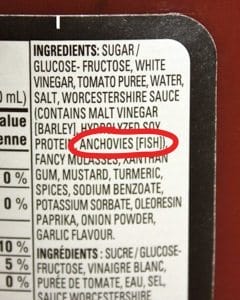

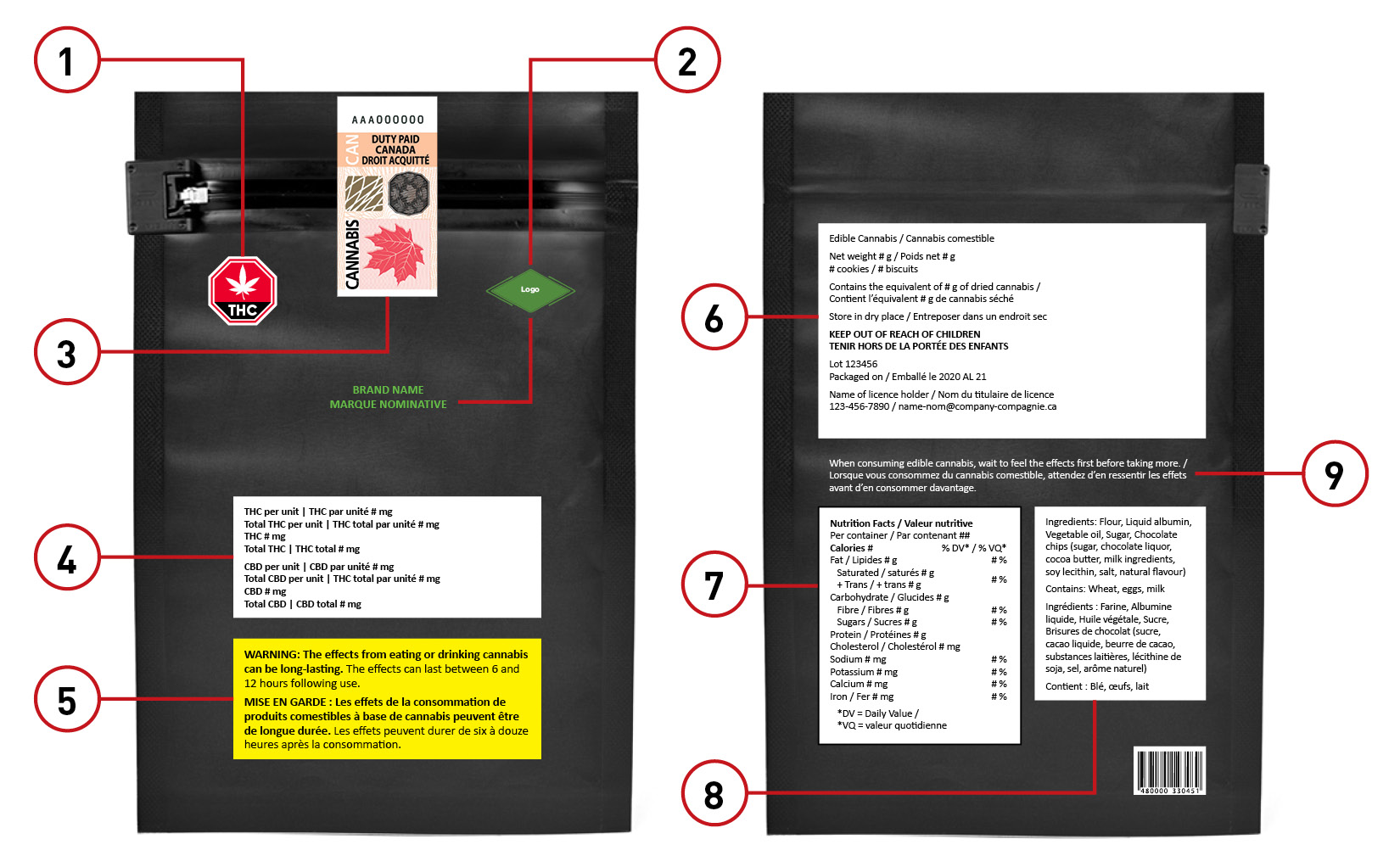



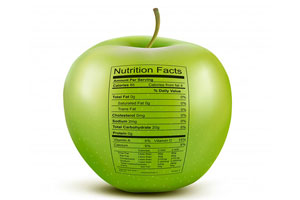
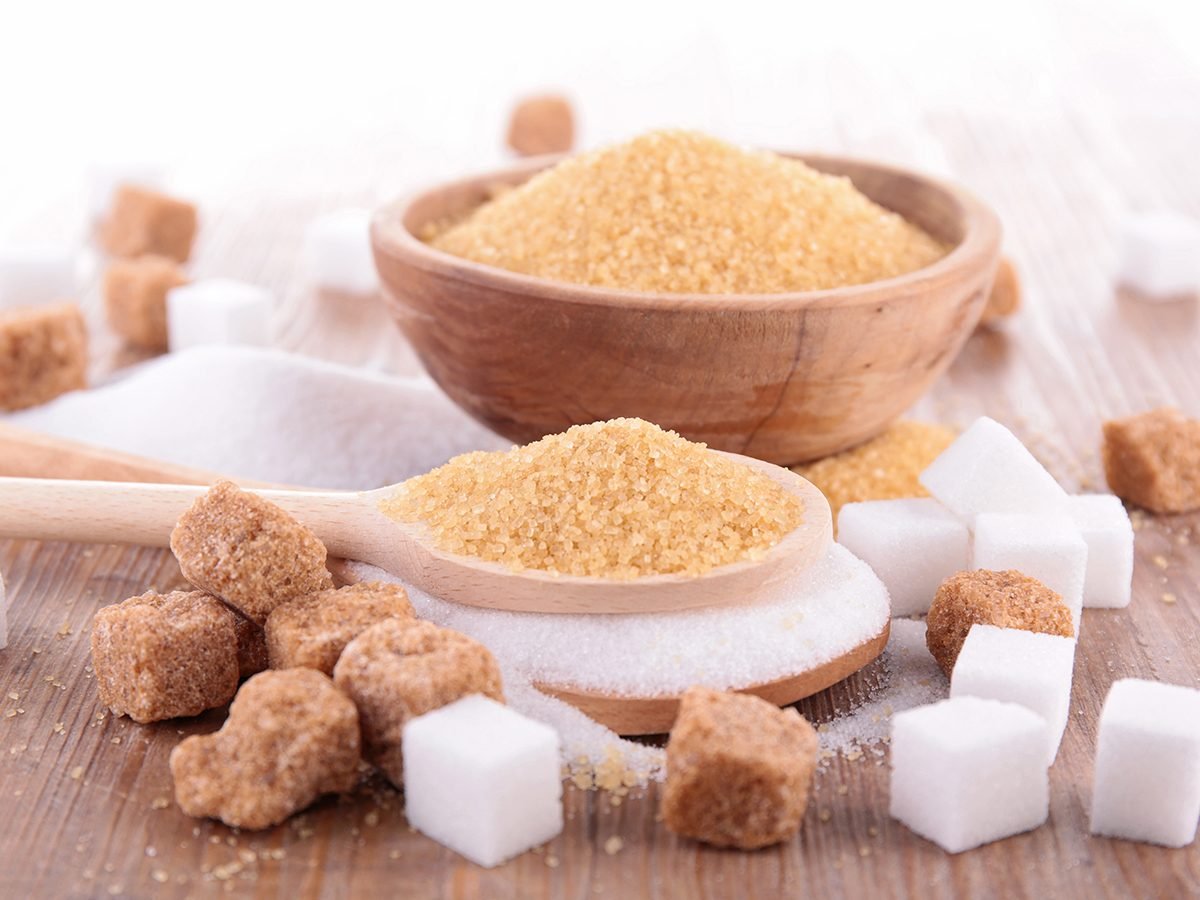





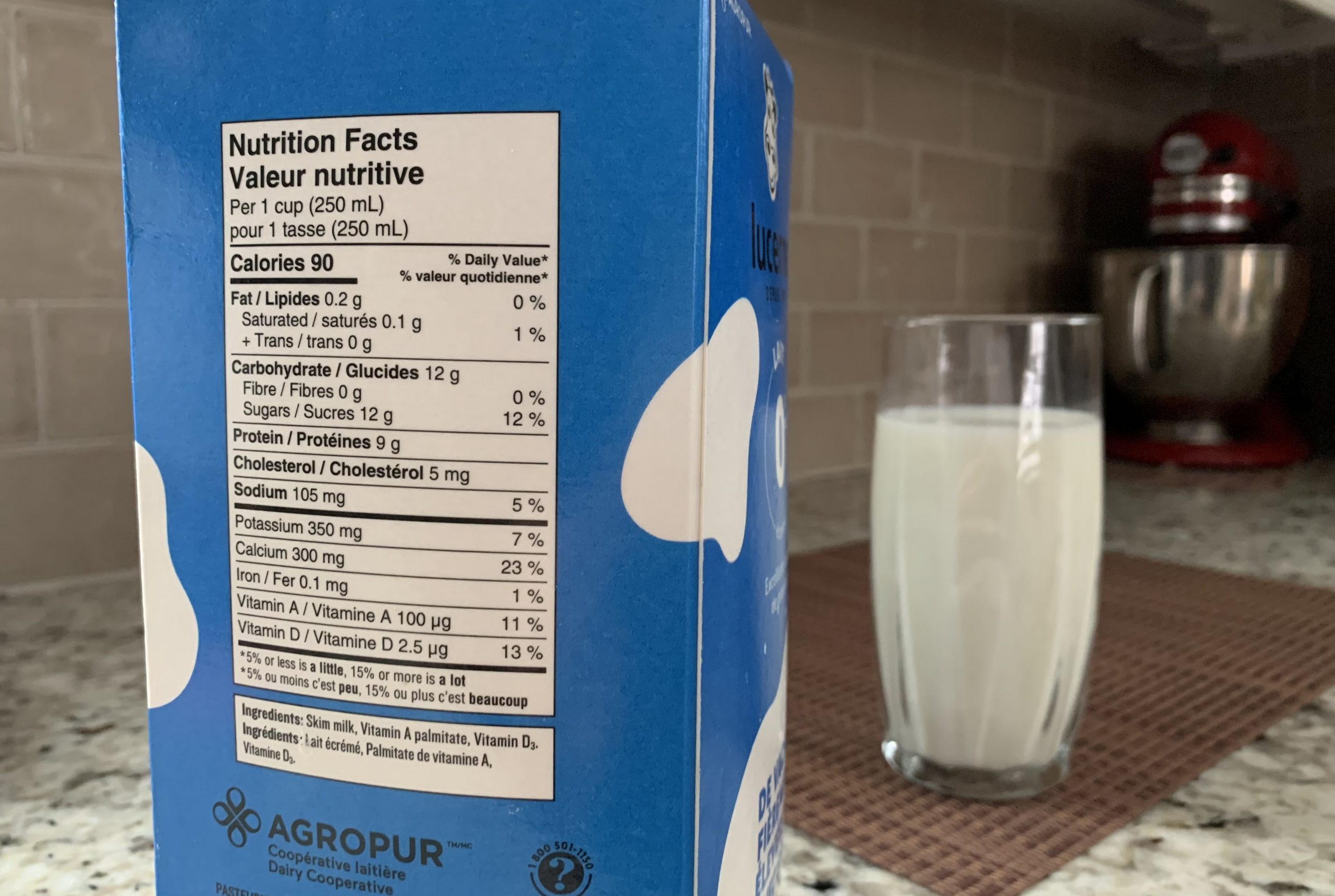


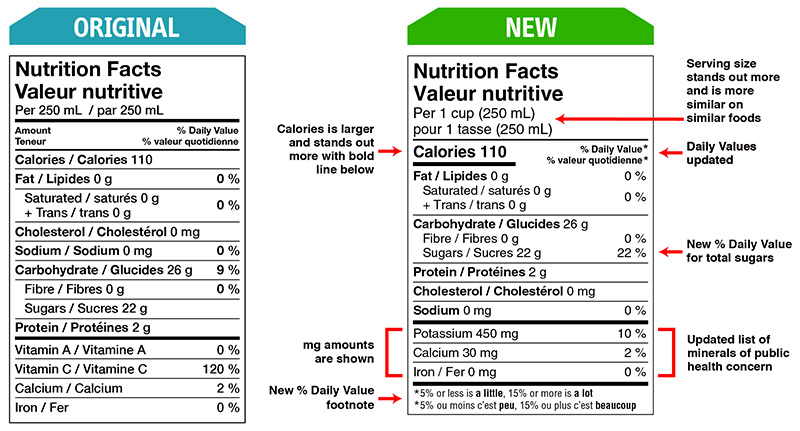

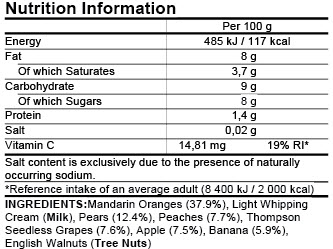
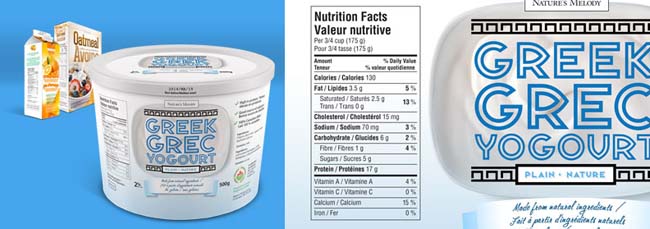
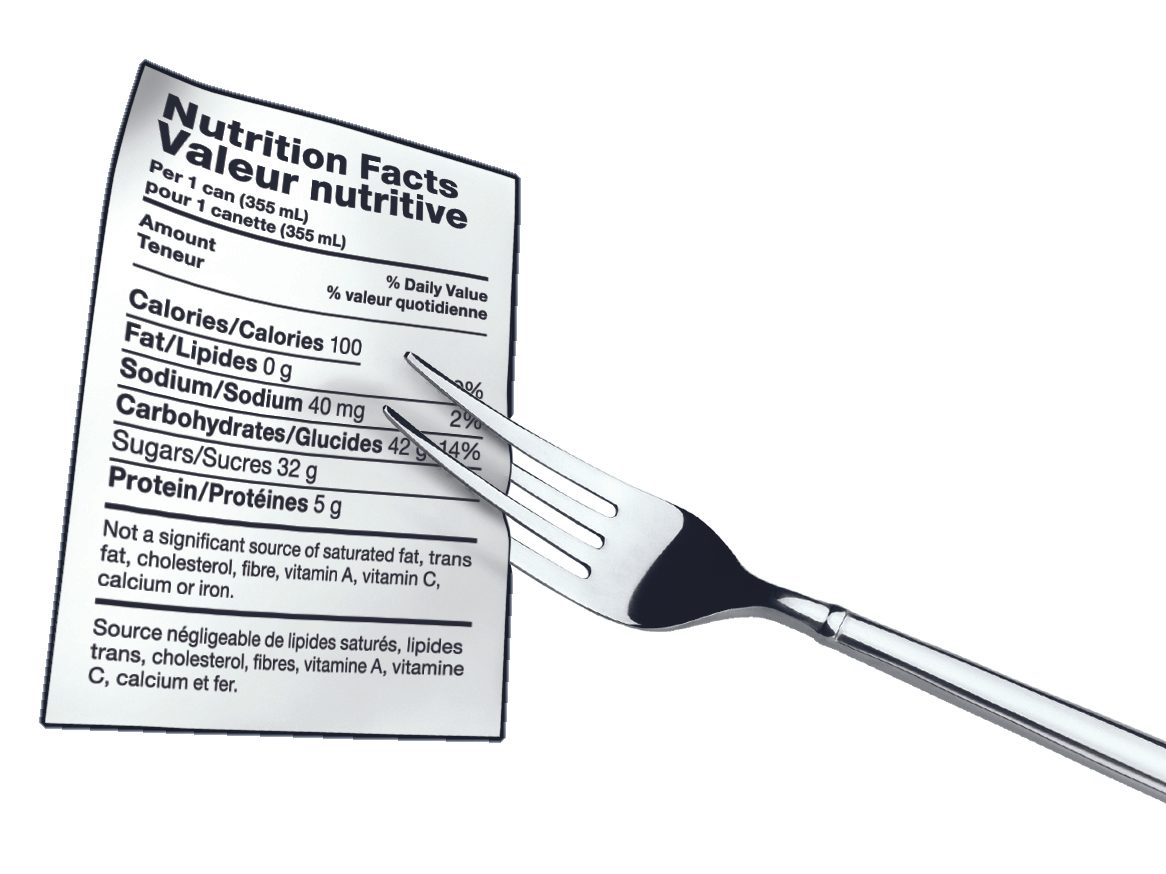


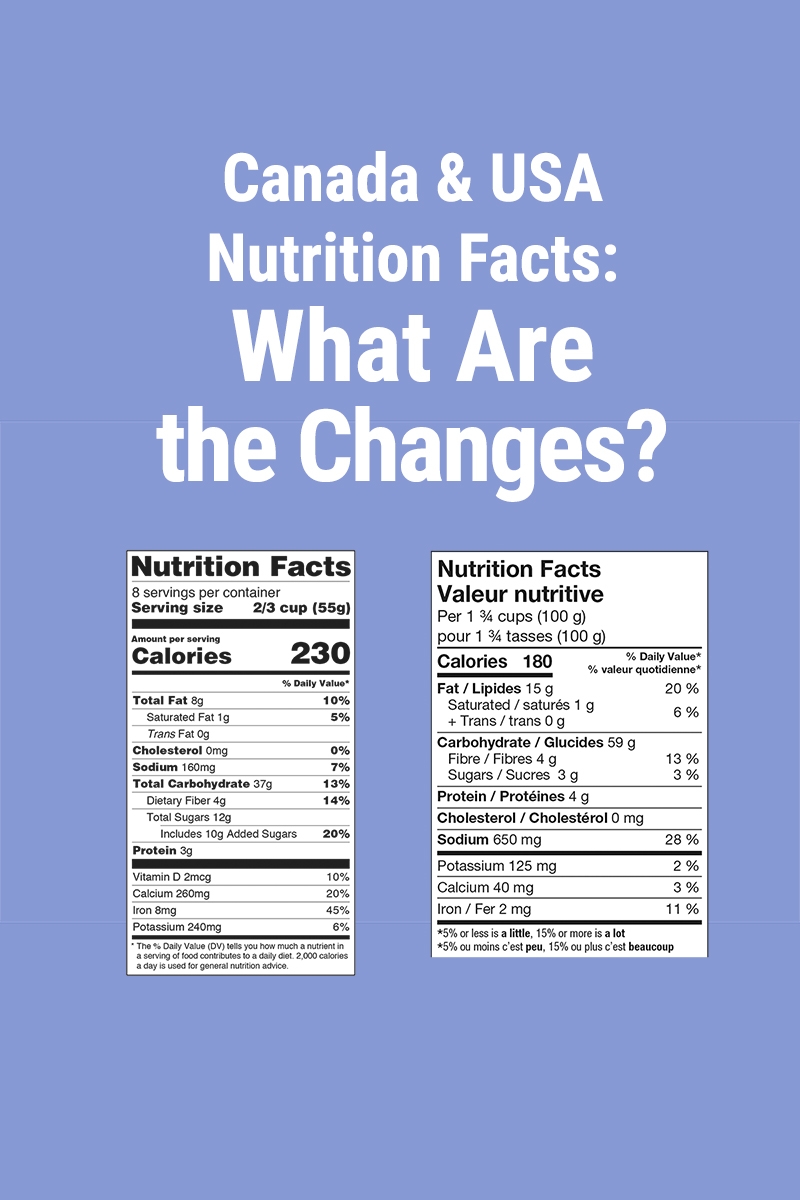

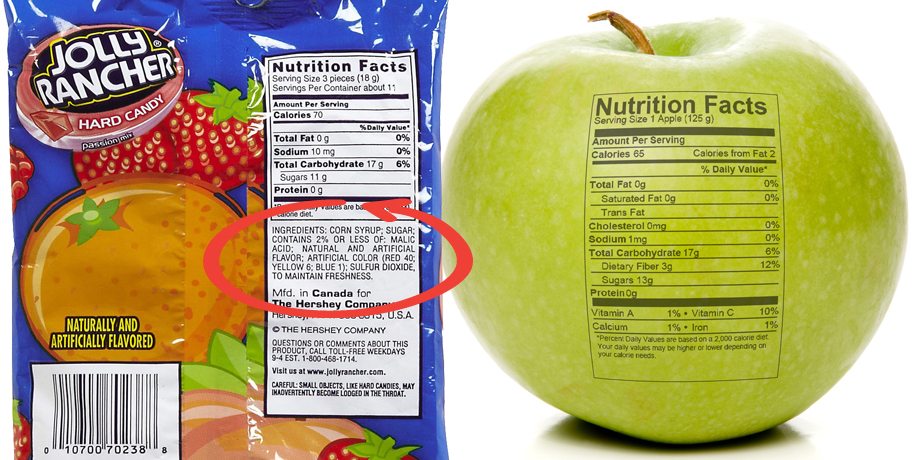






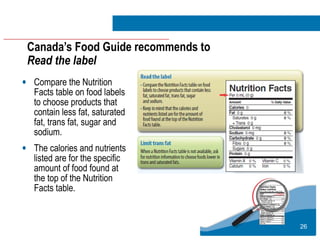




Post a Comment for "43 how to read food labels in canada"